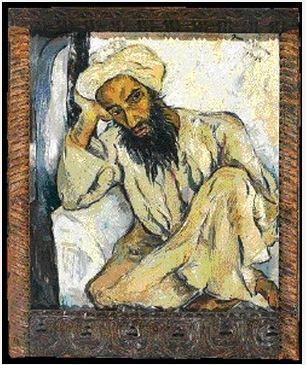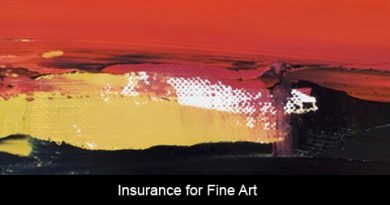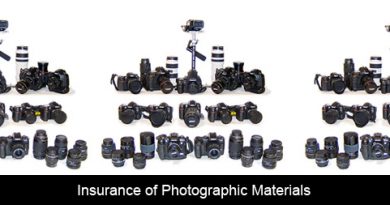Denial of permit for Irma Stern artwork highlights complexities in the art industry
Earlier today I read the news story from Beeld titled “Irma Stern artwork denied permit”. Few of us might be aware of the complexities in selling and purchasing artwork which may be deemed National Heritage treasures. I would like to share a few more details on the significance of this story.

The Painting: Irma Stern’s Arab Priest.
This one painting made headlines worldwide when it was sold for GBP3,044,000 (over R34 million), far more than any of her other work to date. An iconic piece from Stern’s Zanzibar period, the 1941 painting had hung in Cape Town’s Irma Stern Museum for decades on long-term loan from a private collector. Due to the vast price escalation and increasing popularity of the artist, the Stern Museum could no longer afford to insure the painting and the owner chose to sell it.
The Purchase:
The Qatar museum authority knowingly bought Irma Stern’s painting entitled Arabian Priest despite the fact that both the museum and the British auctioneer were aware that the South African Resource Heritage Agency (Sahra) had not yet granted a permanent export permit.
National Heritage and Artworks
According to the law on National Heritage, artworks of national interest older than 50 years are not allowed to leave the country unless a permit from Sahra is obtained. Sahra has denied the permanent export permit. The Qatar museum authority has since hired attorney Pieter Fouché of Van Huyssteens commercial attorneys to appeal Sahra’s decision.
“This is the first appeal against a decision taken by Sahra,” said Isaacs.
“This is also the first time, as far as Sahra knows, that a local artwork had been sold to an international museum.”
Concern over South Africa’s art treasures leaving the country illegally has grown rapidly in the last few years. Director of the Rupert museum in Stellenbosch, Deon Herselman, said that the effort to control the movement of artworks is improving.
“Although British auction houses serve as a good export point and provide a good platform for our artists, it is important that all works are approved by Sahra first.”
How can we stop the increase in theft of art?
I need art insurance but is my art worth insuring?
Is your art insured against pothole damage during transport?
What are the most important questions to ask when insuring art?





